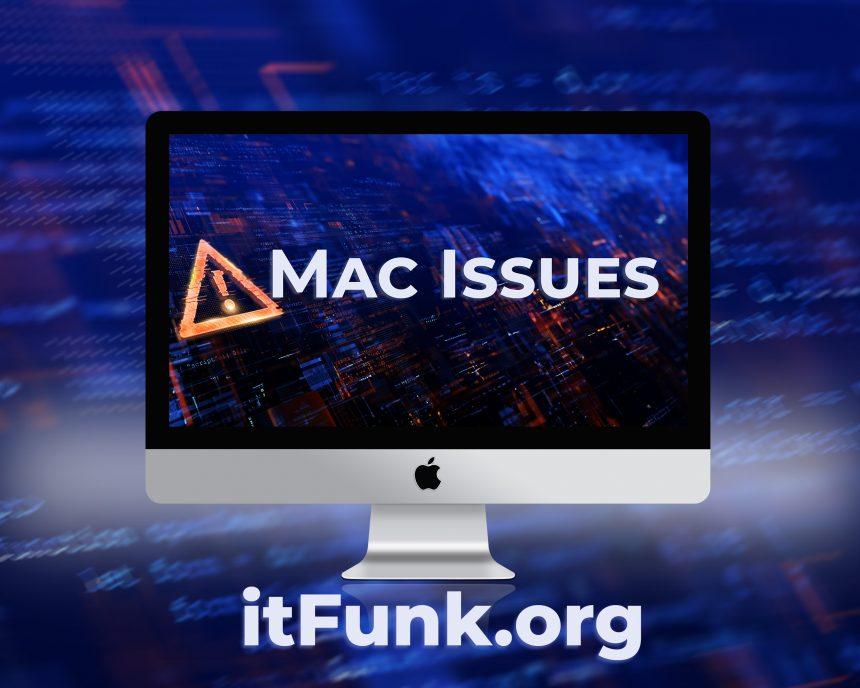Mac users are not immune to malicious cyber entities. The emergence of FlightRemote Mac malware serves as a stark reminder of the importance of robust cybersecurity measures. This insidious threat infiltrates Mac systems, compromising their security and potentially putting sensitive information at risk. In this article, we delve into the workings of FlightRemote, its consequences, detection methods, removal guide, and best practices for safeguarding against similar threats.
Understanding FlightRemote Mac Malware
FlightRemote is a sophisticated malware variant specifically designed to target Mac operating systems. It operates stealthily, often evading detection until it has already caused significant harm. Upon infiltration, FlightRemote establishes persistence on the infected system, allowing remote attackers to gain unauthorized access and control over the compromised device. This remote access capability opens the door to a range of malicious activities, including data theft, surveillance, and the installation of additional malware.
Actions and Consequences:
Once FlightRemote gains a foothold on a Mac system, it can execute a multitude of nefarious actions. These may include:
- Data Theft: FlightRemote can exfiltrate sensitive information such as login credentials, financial data, and personal documents from the infected system.
- Surveillance: The malware enables remote attackers to monitor user activity, capture keystrokes, and even take screenshots, compromising user privacy.
- Installation of Additional Malware: FlightRemote can serve as a gateway for the installation of other malware strains, further compromising the security and stability of the infected system.
Detection and Similar Threats:
FlightRemote may be detected by reputable antivirus and cybersecurity solutions under various names, including:
- Trojan:MacOS/FlightRemote
- OSX/FlightRemote
- Backdoor.MacOS.FlightRemote
Similar threats to FlightRemote include well-known malware strains like OSX/Shlayer, OSX/CrescentCore, and OSX/Proton. These threats share similarities in their methods of infiltration, persistence, and malicious intent.
FlightRemote Mac Malware Removal Guide
Removing FlightRemote from an infected Mac system requires a systematic approach to ensure complete eradication. Follow these steps carefully:
- Disconnect from the Internet: Immediately disconnect the infected Mac from the internet to prevent further communication with remote attackers.
- Enter Safe Mode: Restart the Mac and hold down the Shift key to enter Safe Mode. This prevents FlightRemote from executing at startup.
- Identify Suspicious Processes: Use Activity Monitor to identify any suspicious processes or applications running on the system. Look for unfamiliar or resource-intensive processes.
- Terminate Malicious Processes: Select any suspicious processes identified and click on the “Quit Process” button to terminate them.
- Delete Malicious Files: Navigate to the following directories and delete any files associated with FlightRemote:
- /Library/LaunchAgents/
- /Library/LaunchDaemons/
- /Library/Application Support/
- /Library/LaunchDaemons/
- /Library/Preferences/
- /Library/Containers/
- Empty Trash: Once the malicious files are deleted, empty the Trash to ensure they are permanently removed from the system.
- Reset Browser Settings: If FlightRemote has tampered with browser settings, reset them to default to remove any unwanted extensions or modifications.
- Restart the System: After completing the removal steps, restart the Mac in normal mode to ensure all changes take effect.
Preventing Future Infections
To prevent future infections by FlightRemote or similar threats, consider implementing the following best practices:
- Keep Software Updated: Regularly update macOS and all installed applications to patch known vulnerabilities and security loopholes.
- Exercise Caution: Avoid downloading and installing software from untrusted sources, as they may contain malware or PUPs (Potentially Unwanted Programs).
- Enable Gatekeeper: Enable macOS Gatekeeper to restrict the installation of apps to those from the App Store and identified developers.
- Use Reliable Security Software: Invest in reputable antivirus and cybersecurity software to detect and mitigate threats proactively.
- Practice Safe Browsing Habits: Be cautious when clicking on links or downloading attachments from unknown or suspicious sources, as they may contain malware.
- Educate Users: Educate yourself and other users about common cybersecurity threats and how to recognize and avoid them.
Conclusion
FlightRemote Mac malware poses a significant threat to the security and privacy of Mac users. By understanding its workings, implementing robust removal techniques, and adopting proactive cybersecurity measures, users can safeguard their systems against this and similar threats, ensuring a safer computing environment.





